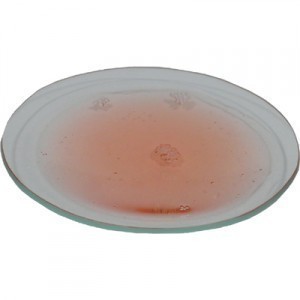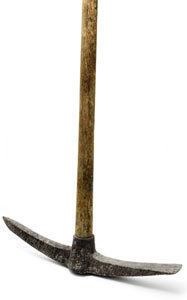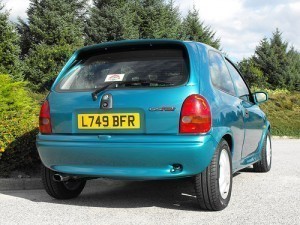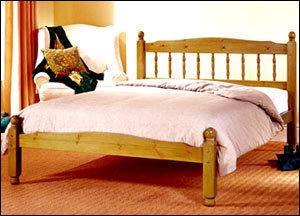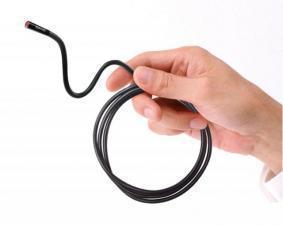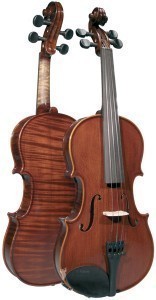AC Electrical Wire Sizes
Knowing the proper AC electrical wire sizes is necessary before you can do any electric wire installation. In the United States, wire dimensions are determined by the American Wire Gauge (AWG) system. Conductor installation will be influenced by several factors. Chief among them are what the wire will feed, the wire capacity and wire gauge.
Gauge and Ampacity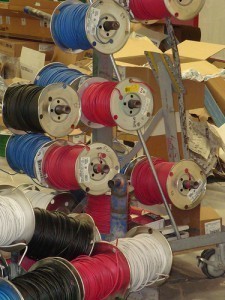
The rule is that the larger the ampacity the wire can manage, the smaller the wire gauge. Ampacity refers to the safest current amount the wire can manage without causing fire or getting hot. The proceeding figures will show common home device ampacity ratings. Their corresponding wire gauge will be explained also. This information will help you determine the proper AC electrical wire sizes.
Guide to Wire Gauges and Uses
If the wire use is for service entrance, the rated ampacity will be 200 amp and a 2/0 gauge. Or it can be 150 amps / 1/0 gauge. For service panels and sub panels, it will be 100 amps / 2 gauge. If the wire is going to be for large electric water heaters or electric furnaces, the ampacity rating is 80 amps / 4 gauge. For large electric heaters, it is 60 amps / 6 gauge. Wiring used for cook tops is 45 amps / 8 gauge.
Wire use for built-in ovens, 220-volt window air conditioners and electric clothes dryers will mean an ampacity rating of 30 amps / 10 gauge. For wires used for kitchen appliances, sump pumps, 110-volt air conditioners and receptacles, the ampacity rating is 20 amps / 12 gauge. The 15 amps rating / 14 gauge is for lighting runs, lamps and light fixtures. Wires for extension cords have 13 amps rating / 16 gauge. For lamp cords and low voltage lighting, it is 10 amps / 18 gauge.
Common Wire Types
Triplex wire is a type of aerial cable. Utility firms use it for power pole feeding. The is secured to the wires that are projecting from the weather head. Main feeder wires are rated 125% of the load needed. These emanate from the service weather head. The panel feed wires are similar to the feeder. Other types available are non-metallic sheathed wire (NM) and single strand wire.
Understanding AC electrical wire sizes is one of the keys to setting the wiring properly. However, you need to be careful when handling wires of any sort. Take all necessary precautions so accidents can be avoided.
